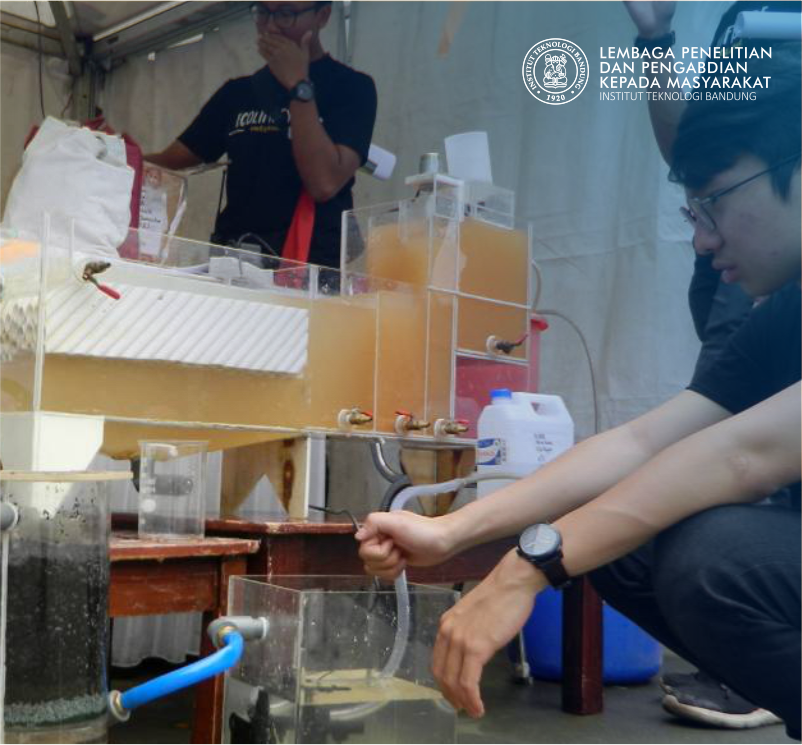

Puji Lestari
Peat fire is one of green house gases and air pollution source, especially particulate pollutants. Indonesian peat fire in 1997 was estimated to release carbon amounted to 13-40% of global annual carbon emission in 2002 from fossil fuel combustion (Page et al.,2002). National Green House Gases Inventory (NGHGI) published by Indonesian Ministry Environment (2010) in Indonesia Second National Communication (SNC) stated that carbon emitted by Indonesia peat fire in 2000 was about 13% of total carbon emitted by all sectors in Indonesia. Peat fire frequently occured in Indonesia especially in Kalimantan and Sumatera had given negative impacts to environment and human health. Furthermore smoke and particulate produced by peat fire can be distributed to whole Indonesia’s regions depending on meteorology condition and definitely will influence air quality and impact negatively to human health across the regions. In the other hand green house gases released will contribute to global warming and finally to climate change. Because of significant negative impact of particulate pollutant therefore this research will focus on characteristics and composition of particulate emission in order to develop source profiles of Indonesian peat fire emission. In the meantime, green house gases emission load is estimated using default emission factor originated fromm IPCC. This estimation could lead to high uncertainty. Therefore to minimise this estimation error we need to develop emission factor suited to local condition in Indonesia. The research outcome can be used to understand chemistry composition of smoke and particulate from peat fire at different peat type or regional condition. Chemistry composition of particulate emission is highly variable, from organic compounds such as metal elements and dangerous organic compounds such as persistent organic pollutants (POP) such as PCB, PAH and dioxin/furan depending on forest and land type burned. Furthermore source profile in the near future can be used to predict peat fire source contribution to air pollution in a region. Sampling will be carried out by using canister, mini volume sampler equipment and passive sampler in dry seasons during when peat fire occur. Samples then will be analysed in the laboratory to understand their chemistry composition. Research is expected to be carried out for 1 year by focusing on developing green house gases (CO2 and CH4) and particulate emission factors in the first year and measurement and analyses of chemistry composition of PM2.5 and PM10 in second year. Sampling is located in Kalimantan region.